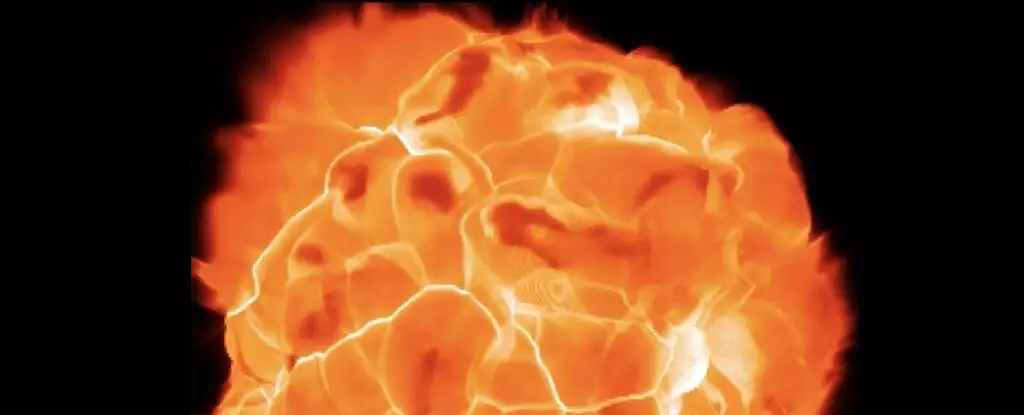Betelgeuse, also known as Betel-gurz or Beetle-juice, has captivated amateur astronomers for years with its brilliance in the night sky. This red supergiant variable star, located in the constellation Orion, has recently garnered even more attention due to its unexpected dimming. With a pulsation period of 2,170 days, which is five times longer than its normal cycle, Betelgeuse has raised questions about the cause behind its variability.
A recent paper suggests that a companion star with a mass of 1.17 solar masses could be responsible for the fluctuations in Betelgeuse’s brightness. This companion star would need to orbit at a distance approximately 2.43 times the radius of Betelgeuse. The presence of this companion star could lead to the modulation of dust in the surrounding region, influencing the variations observed in Betelgeuse.
In late 2019, Betelgeuse experienced a significant dimming, which returned to normal in the first half of 2020. This event, dubbed ‘The Great Dimming,’ drew widespread interest and led to speculation about the underlying cause. Some astronomers believe that a dust cloud may have been responsible for this phenomenon, but the exact mechanism remains unknown.
Implications for Betelgeuse’s Evolution
As a red supergiant, Betelgeuse exhibits a Long Secondary Period (LSP) of approximately 2,100 days, which is characteristic of stars in the Red Giant Branch of the Hertzsprung-Russell Diagram. The presence of this secondary cycle hints at unknown processes occurring within Betelgeuse. Some theories suggest that the LSP could be the result of pulsation in the star’s outer layers, indicating that Betelgeuse may be larger than previously thought and potentially closer to a supernova explosion.
Researchers propose that a low mass companion star, named Ori B, could be influencing Betelgeuse’s long-term variability. This binary system may be modulating the dust surrounding Betelgeuse, causing fluctuations in brightness when the companion star is in transit. The discovery of Ori B would enhance our understanding of Betelgeuse’s evolution and delay the predicted supernova event, providing stargazers with more time to observe this enigmatic star.
The mystery of Betelgeuse continues to intrigue astronomers, offering insights into the complex processes at play in this red supergiant star. By investigating the potential role of a companion star and exploring the dynamics of Betelgeuse’s variability, scientists are uncovering new clues about the evolution and future of this celestial giant. As the saga of Betelgeuse unfolds, we are reminded of the vastness and complexity of the universe, inviting us to marvel at the wonders of the cosmos.

